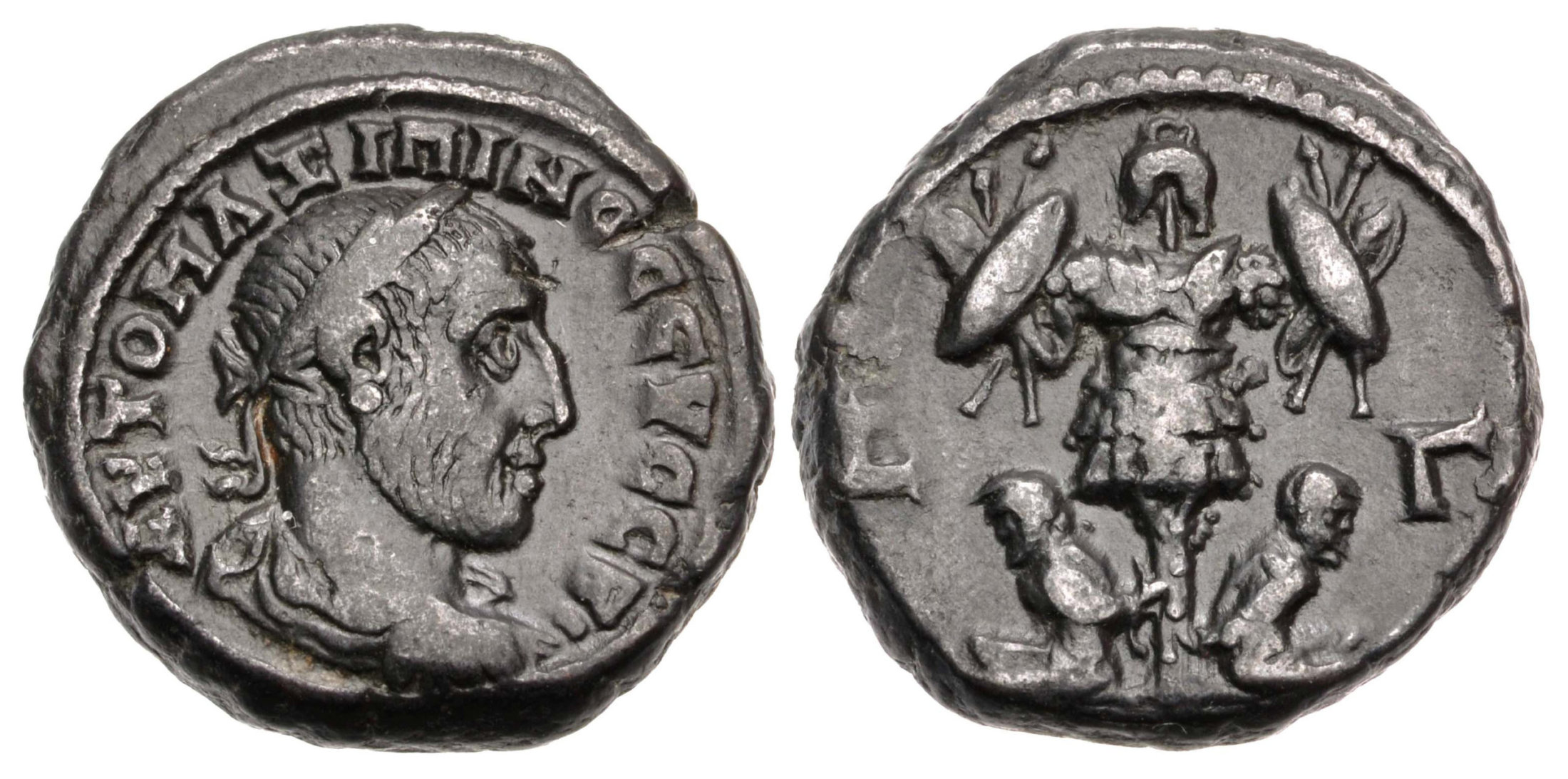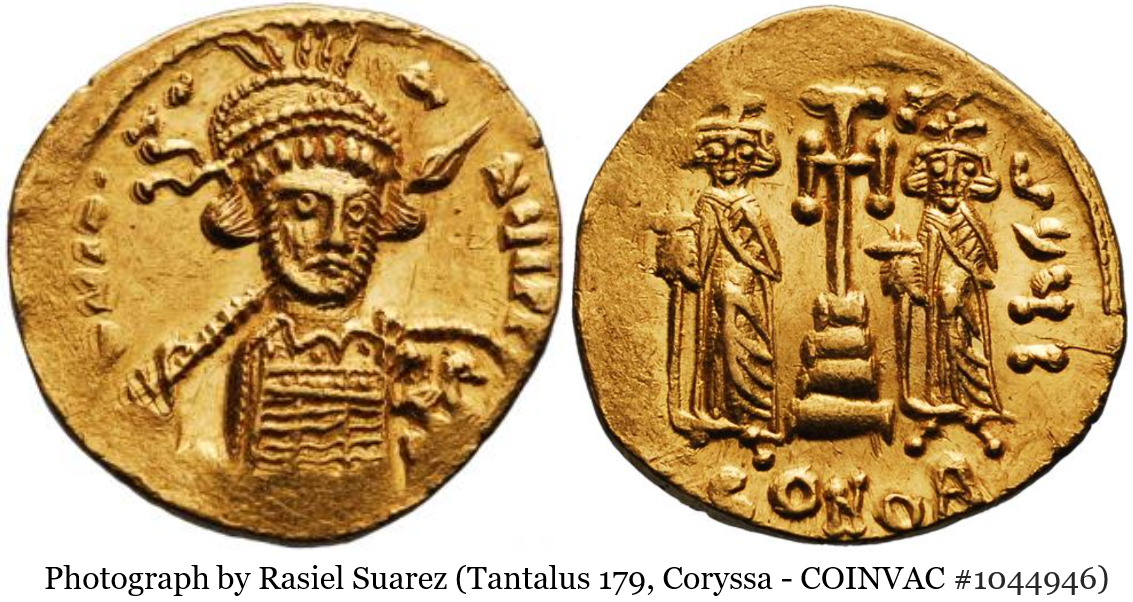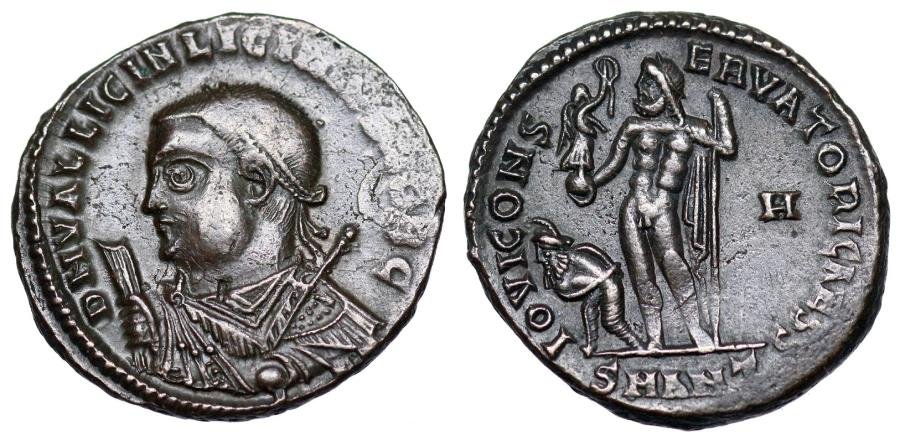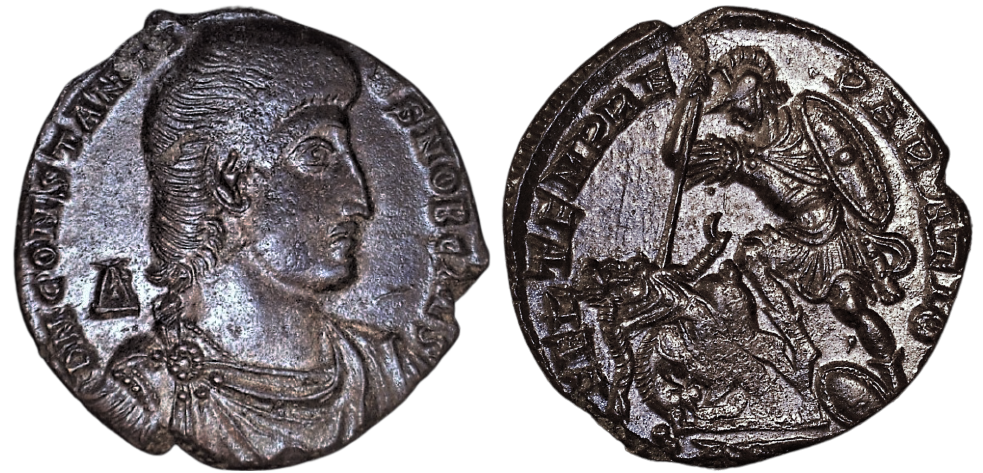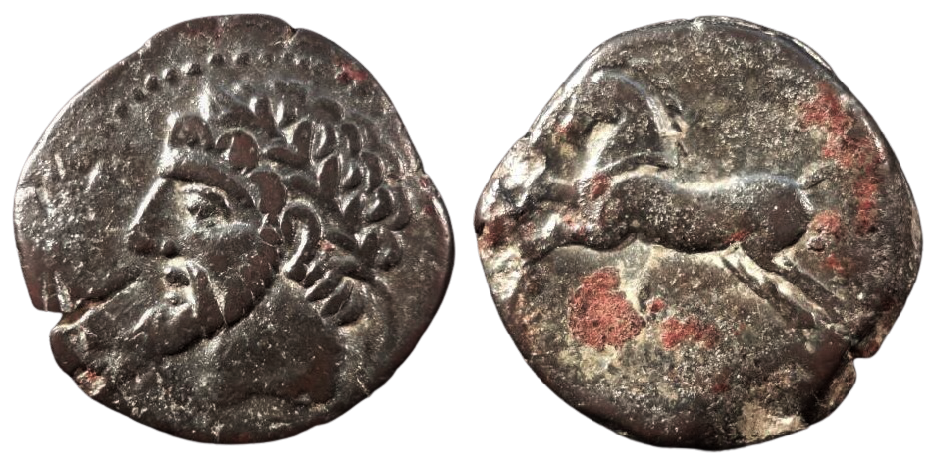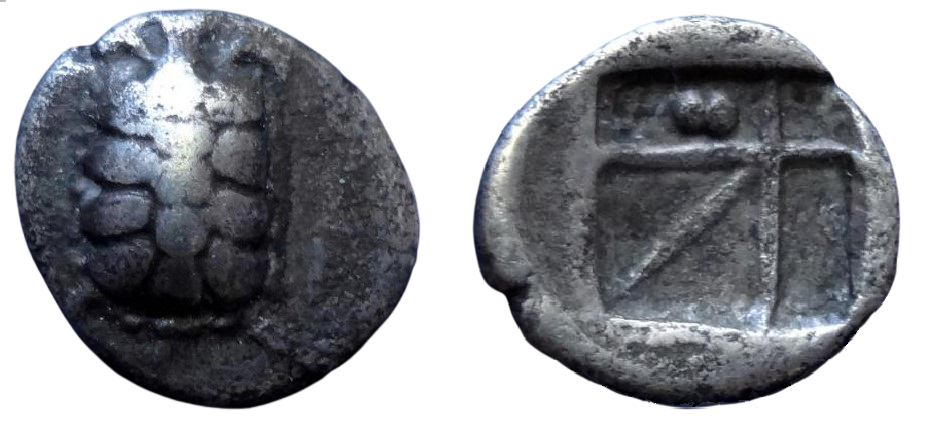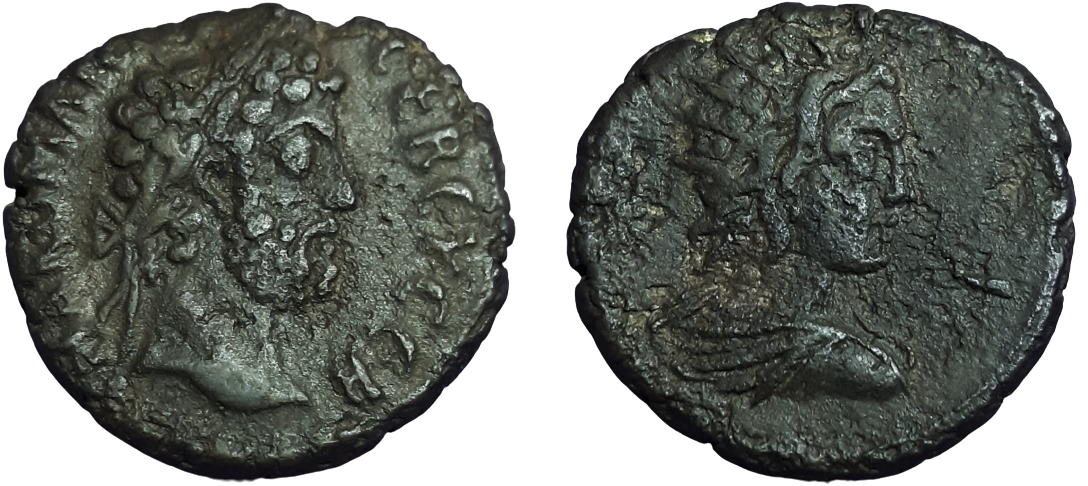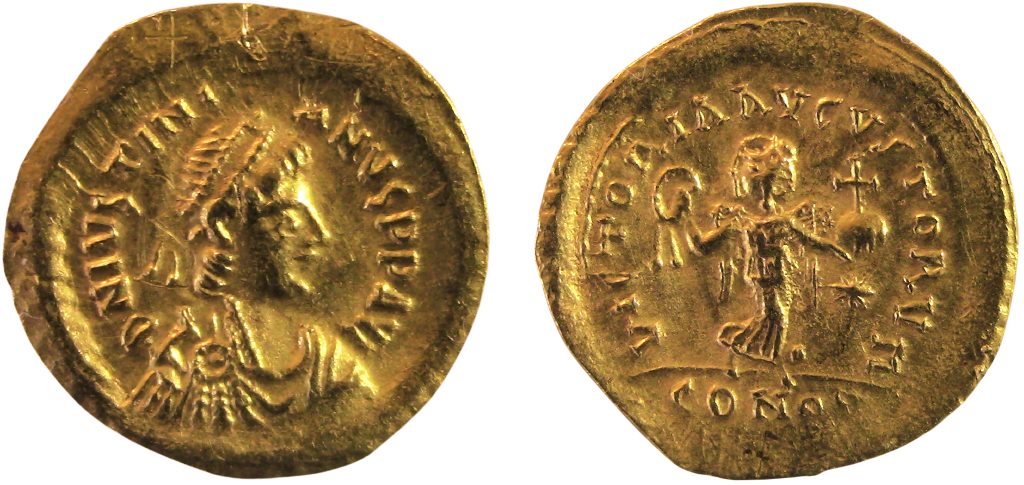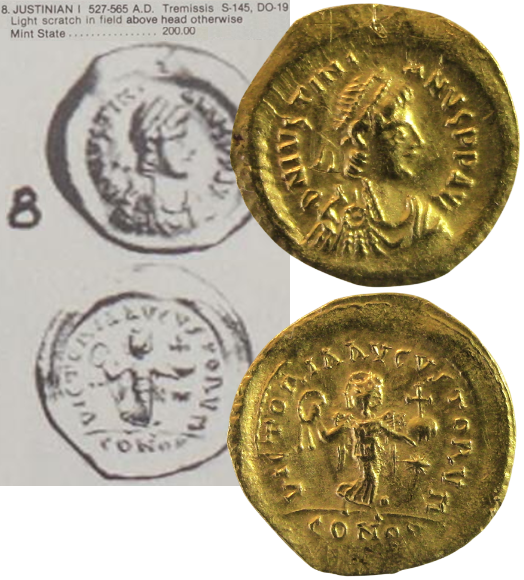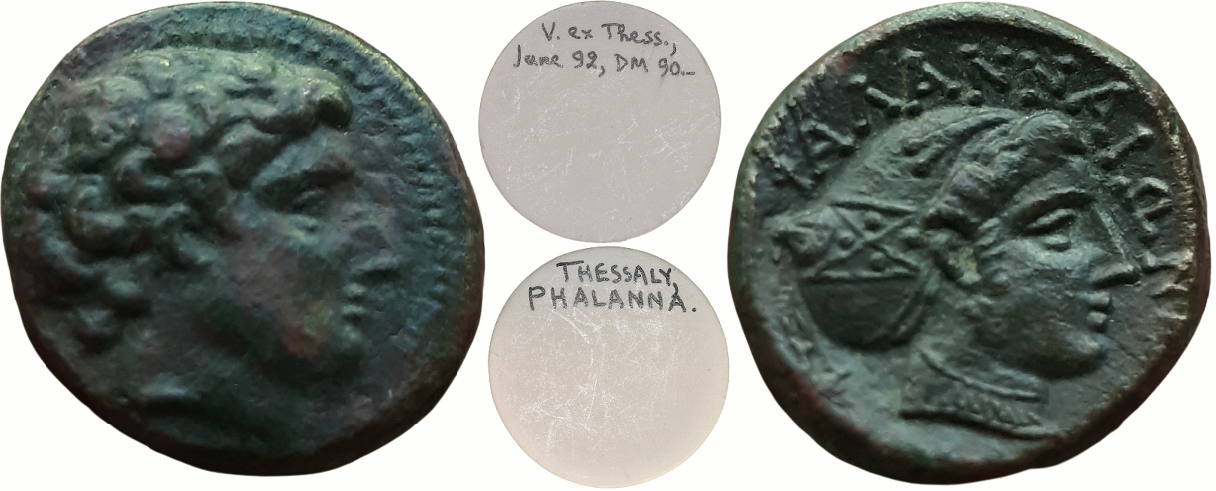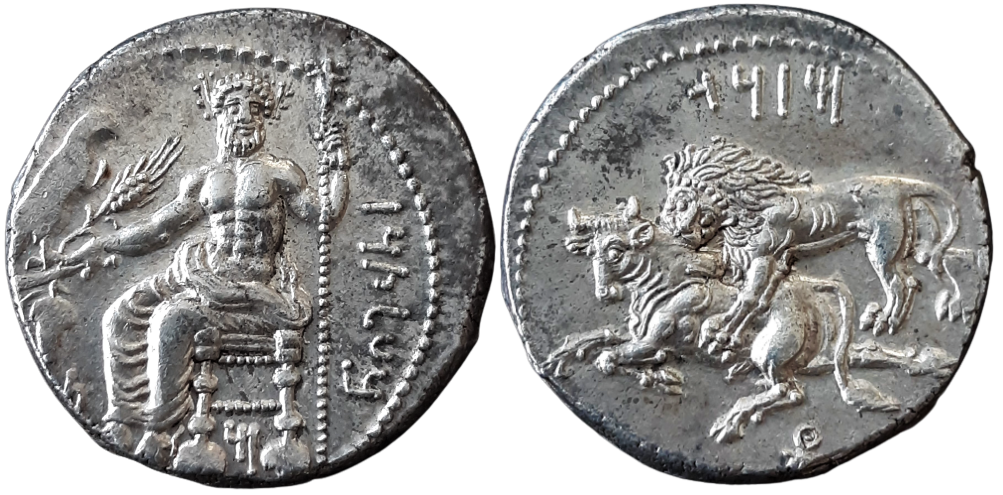
Tarsos, Cilicia AR Stater (10.66g, 22.5mm, 1h). temp. Mazaios, Satrap of Cilicia, BC 361 – 334.
Obv: BLTRZ (Baaltars) in Aramaic to right. Baal of Tarsos seated left, holding eagle, grain ear, grapes, and scepter; TR (in Aramaic) to lower left, M (in Aramaic) below throne.
Rev: MZDI. Lion attacking bull left; monogram below.
Ref: SNG Levante 106; Casabonne Series 2, Group C. Cf. BMC 53; Babelon 695.
Provenance: (See the “Provenance Chart” for this coin.) Aside from being an aesthetically impressive specimen, this coin has an important provenance, illustrating the modern history of ancient coins through its intersection with key developments of the late 20th century (the rise and fall of “investment fund” ancient coins, led by Bruce McNall’s Athena Fund; the highly publicized first ever major auction of encapsulated ancient coins; and changes in the laws and practices surrounding cultural property and international trade in ancient coins).
Ex-CNG e-Auction 455 (30 Oct 2019), Lot 168 [no provenance given prior to Heritage 2002]; J.B. (Edmonton, d. 2019) Collection; purchased from Calgary Coin Galleries (Robert Kokotailo), Autumn 2004; Heritage Auctions Signature Sale 269 (New York, 27 Jul 2002), Lot 11134; Dr. Joseph M. Seventko Collection; CNG MBS XXIX (30 Mar 1994), Lot 252 (ill. on p. 25); Sotheby’s w/ Numismatic Fine Arts, “Greek and Roman Coins” [Athena Fund Sale II] (Zurich, 27 Oct 1993), Lot 808.1 (part of 2, this rev. ill.).
Almost certainly from the well-known but unpublished “Tarsus Hoard” (late 1970s) that flooded the American market in the early 1980s w/ perfectly preserved examples of this previously rare type (Bing, Daniel J. 1998. “Datames and Mazaeus: The Iconography of Revolt and Restoration in Cilicia.” Historia: Zeitschrift für Alte Geschichte 47 (1): 41-76.: p. 63, note 6, and p. 73).
Ex-ICG (AU53) #5571290112 (removed from slab, Feb 2021, originally slabbed c. 2001-2002)
Categories: Greek Coins
Tags: #Animals #Greek #Pedigreed #Showcase #Silver
